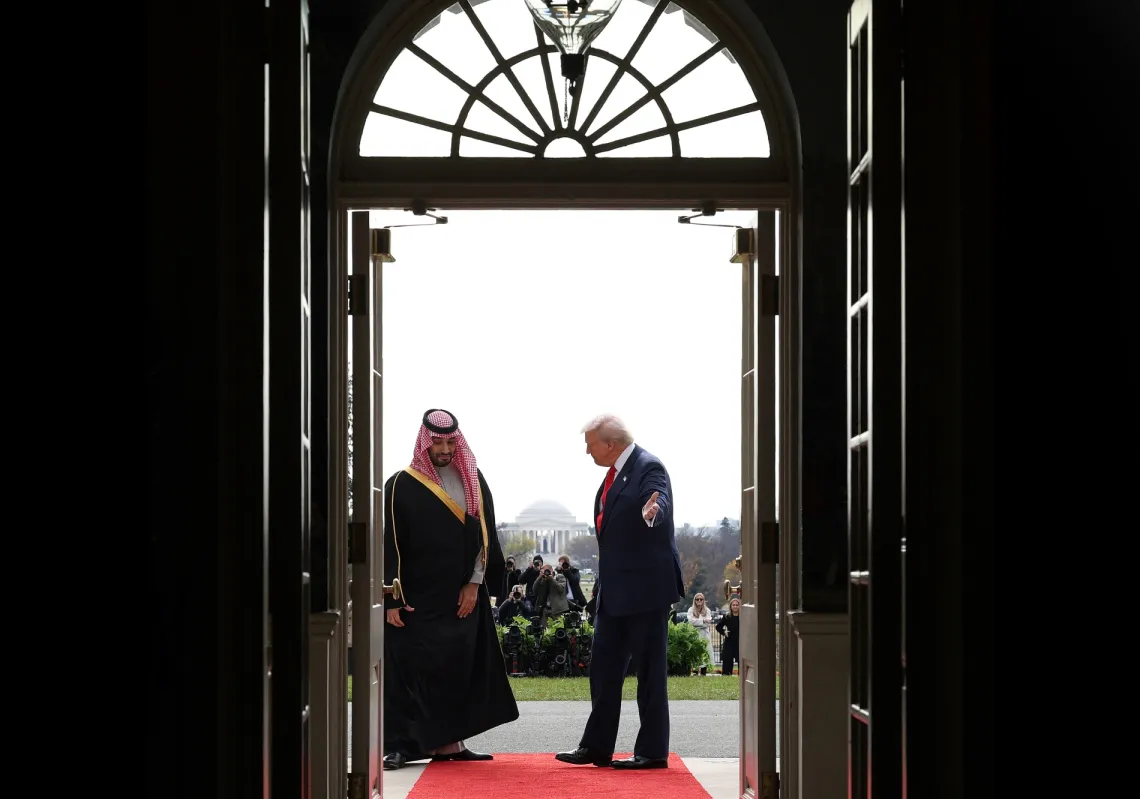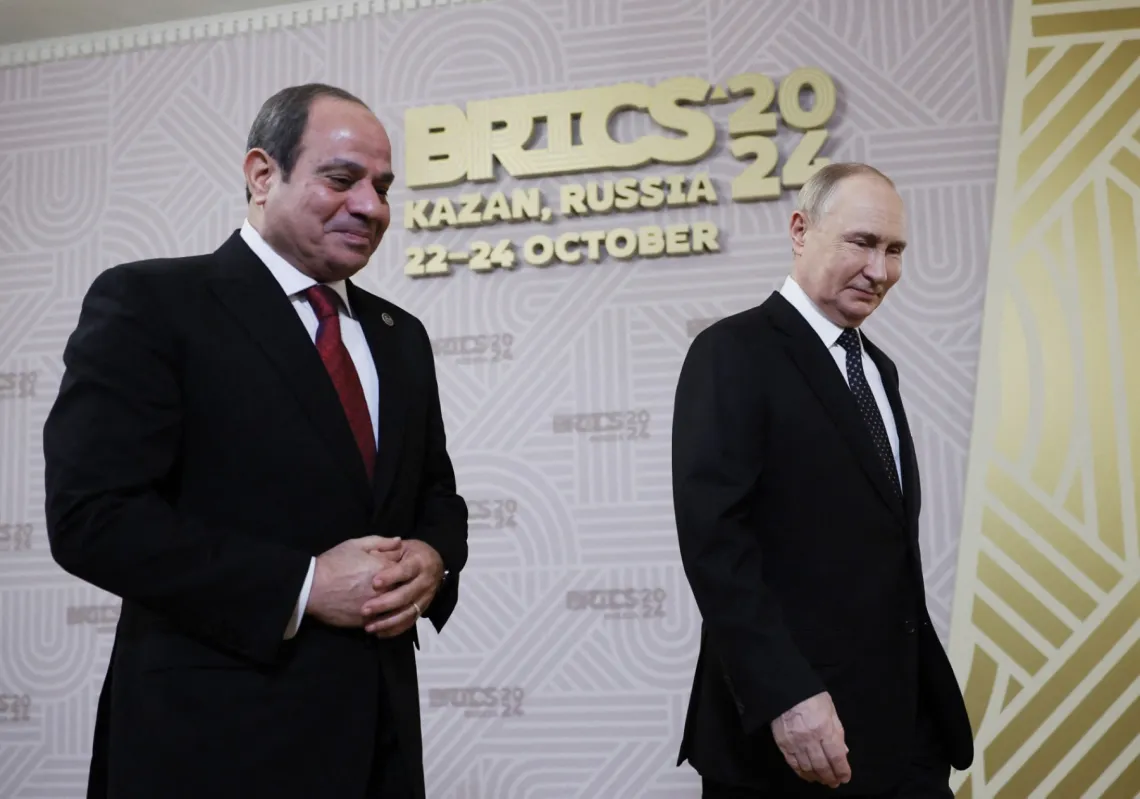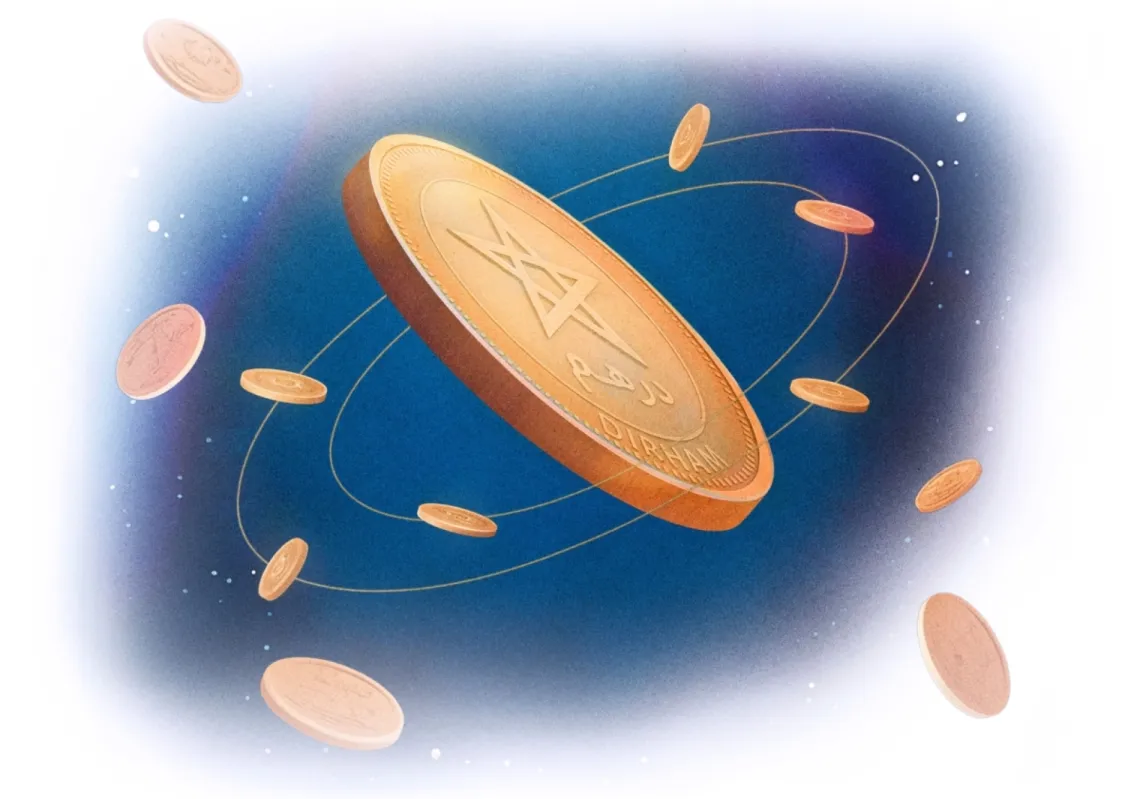Visiting holy places is one of the most important rituals and customs of mankind since the beginning of creation. All worshippers whether Jews, Christians, and Muslims, and also those following non-monotheistic religions such as Hindus and Buddhists, have their own respective holy sites and visiting rituals are an important component of their faith.
The Hajj (pilgrimage) is one of the most important pillars of the Islamic religion. It is considered mandatory for every Muslim whose health and finances permit him/her to make the trip.
The logistics of visiting the holy sites of Mecca and Medina have naturally evolved since the beginning of Islamic history in the 7th century.
During the past few years, Hajj rituals have become a lot easier and the troubles and difficulties faced by Hajj pilgrims – who come from all corners of the world and include rich and poor – have been eased.
Upgraded facilities equipped with modern technologies and artificial intelligence have made it easier for pilgrims to perform their Hajj rituals.
This year Mecca received around two million pilgrims marking a return to pre-covid numbers. Muslims from 57 countries performed Hajj this year. Each country is allocated a specific percentage of pilgrims correlating to its respective Muslim population.

Hajj tourism integral to Kingdom's economy
While the massive number of pilgrims represents a huge administrative, security and logistical responsibility bore by the Kingdom of Saudi Arabia, it also provides a tourist and consumer boost, uplifting several sectors of the country's economy.















